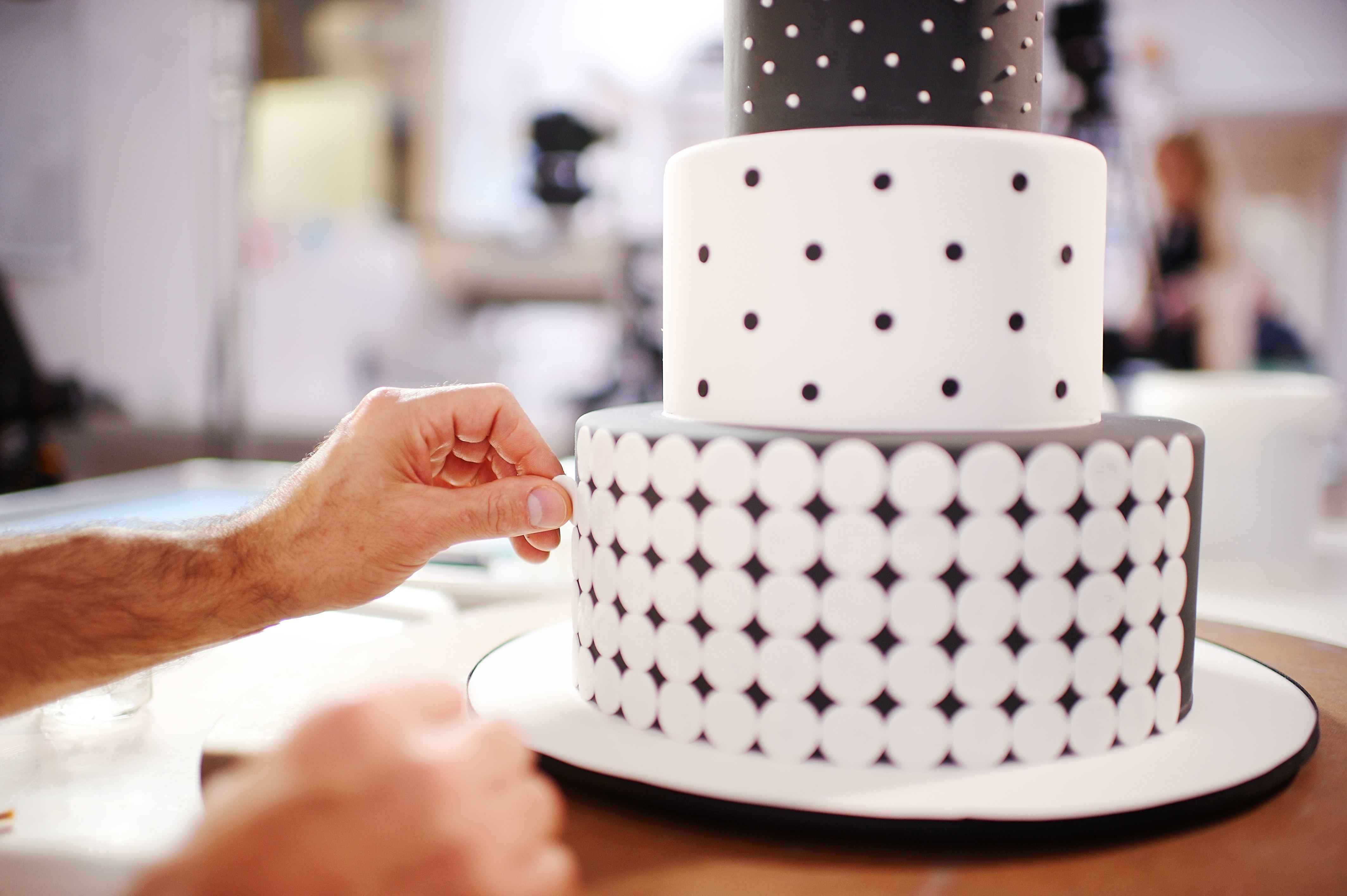Are you ready to wow friends and family with a beautiful, homemade cake? Check out our ten cake decorating tips for using fondant like a pro.
If you're new to the world of cake making and decorating, you've probably seen cakes with a silky smooth surface or beautiful, edible decorations and wondered how to achieve that level of finesse in your own creations. Many professional bakers use fondant in their cake decorating, a material that can be difficult to work with if you don't know what you're doing. By following some basic tips and a little practice, you can up your decorating game and become a fondant master.
What Is Fondant?
If you've ever watched baking competition shows, you've probably heard the word fondant. Technically, fondant is a type of thick, moldable icing. Bakers use fondant to cover their cakes or make beautiful decorations. There are many different types of fondant, including:
- Traditional rolled fondant
- Chocolate-based fondant
- Marshmallow fondant
- Poured fondant
Today, we will focus on traditional rolled fondant, as this type can be purchased, making it ideal for beginners. Our favorite brand Satin Ice has exceptional workability and great taste, making it the perfect ingredient for cake decorating.
10 Pro Tips for Using Fondant
It can be challenging and frustrating when you first begin working with fondant. These pro tips will help make your first fondant endeavor much more manageable.
-
Prepare Your Workstation
If you've ever worked with dough, dusting your workstation is important to prevent sticking. Begin with a clean surface so your fondant doesn't pick up any crumbs or extra material as you work with it. Dust your workstation with cornstarch, powdered sugar, or a mixture of both. You can also use solid vegetable shortening, especially if your fondant is feeling dry.
-
Know Your Climate
Did you know that the climate you're in can affect your cake decorating with fondant? Fondant is typically more pliable (without being too soft) in a cool environment. If your workspace is too hot, wait until the cooler hours of the evening to work with your fondant.
In most places, a mixture of powdered sugar and cornstarch is the best way to roll your fondant. In dry environments, vegetable shortening can help prevent it from drying out. Lastly, if you live in a more humid area, use cornstarch only. Being mindful of your environment can make a huge difference when you begin working with this challenging material.
-
Get Your Fondant to Room Temperature
Believe it or not, fondant does not need to be stored in the refrigerator. Cold fondant is challenging to work with and will make the process frustrating. It is best to store it at room temperature in an airtight container. However, depending on where you live and the time of year, your home may be colder or warmer than usual. You can pop it in the microwave for about 10 seconds if needed. Avoid overheating the fondant, as it will become sticky and too soft to mold properly.
-
Prepare Your Hands
When you work with dough, you'll want to prepare your hands before diving in. Coat your hands with shortening or wear food-safe gloves to prevent sticking. Now, you're ready to start your cake decorating.
-
Keep It Moving
Once you begin working with your fondant, keep it moving. Start by kneading it until it's pliable and soft, making it the ideal consistency to make cake decorations or cover your cake. Once you begin rolling, don't flip it over. Turn it every now and then to prevent sticking and ensure an even thickness.
-
Use Gel Food Coloring
If you purchase white fondant and want to make your own colors, use gel food coloring such as the Chefmaster Liqua-Gel. Water-based colorants can add too much moisture, ruining the moldable consistency of your fondant.
For difficult colors like black, or if you don't want to make your own colors, consider purchasing pre-colored fondant
-
Start With a Smooth Foundation
If you plan to cover an entire cake, you'll want to ensure a smooth foundation for your fondant, as any bumps or blemishes will be visible. Various cake decorating tools can help you adequately smooth your buttercream or ganache.
-
Rolling and Draping
Avoid rolling your fondant much larger than you need, as this is wasteful and can make it thinner and more difficult to move, increasing the likelihood of tearing. Refrain from using your fingers when draping the rolled icing over your cake. Using a rolling pin, gently lift it and drape it over your cake. Work quickly to smooth the fondant to the shape of your cake. Cake decorating supplies such as a fondant smoother may be helpful, but you can also use your palms. Once you're satisfied, trim the extra, and voila! You've done it!
-
Fix Cracks With Vegetable Shortening
It's not abnormal to notice cracks in your fondant, especially if it's your first time working with it. Rub vegetable shortening over the problem area in a circular motion to smooth it together. Refrain from using water, as this can ruin the structure of your fondant.
-
Use a Sturdy Foundation
Fondant is heavy. Invest in some sturdy cake boards or cake drums when shopping for cake decorating tools. The last thing you want is for your board to fail, causing your beautiful creation to come crashing down. That's every baker's worst nightmare!
Learn to Decorate Like a Pro
No matter where you are in your cake decorating journey, you can learn to use fondant to make your creations look beautiful and professional. Papagino Foods carries affordable, high-quality cake decorating supplies for all your baking needs. Our selection of tools, supplies, ingredients, and cake decorations provide you with everything you need to practice your passion, whether you're a beginner or a lifelong baker.

